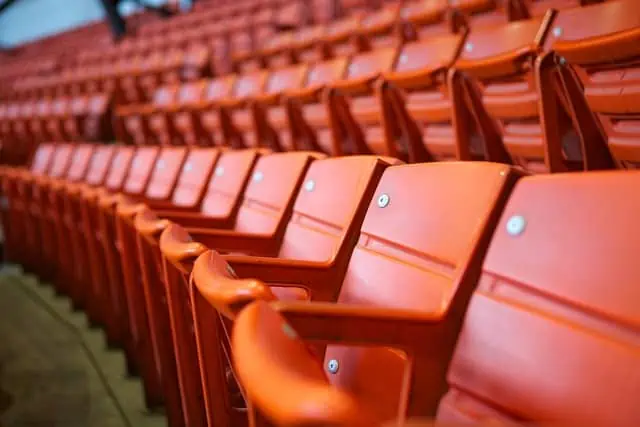In July 2019, Ms Kerri Kane (the Plaintiff and Respondent to the appeal), slipped and fell while descending a stepped aisle at the McDonald Jones Stadium in Newcastle. This decision is significant in trip and fall case law, insofar as it deals with the obligations of large venue operators, with respect to stairs.
Decision at first instance
Ms Kane was successful at first instance with Norton DCJ finding that:
- The steps were classified as a “stairway”, thus breaching the Building Code of Australia (BCA) due to the absence of handrails and a chamfered edge exceeding the allowed 5mm.
- Beyond BCA requirements, handrails were deemed essential given the stadium’s conditions and the diverse patron base.
- Venues NSW’s lack of a comprehensive risk assessment, especially in areas with stepped surfaces, was identified as a significant oversight.
Key issues
The key issues for determination in the NSW Court of Appeal were:
- Venue NSW’s alleged negligence in not installing a handrail.
- The characterisation of the steps as a “stairway” under the BCA.
- The primary judge’s definition of the risk.
Decision on appeal
The NSW Court of Appeal granted leave and allowed Venue NSW’s appeal. The leading judgment was written by Leeming JA.
Why the appeal was allowed
The key reasons the appeal was allowed are summarised as follows:
- Cost Implications: The court raised concerns regarding the primary judge’s assessment of the costs associated with installing handrails. It was pointed out that the actual burden extended beyond the $1500 initially cited. The cost would encompass installing handrails on other aisles adjoining concrete walls within the lower concourse of the grandstand, significantly expanding the financial implications.
- Scope and Feasibility of Precautions: The court underscored the importance of considering the broader scope of precautions. Installing handrails on aisles with seating on both sides, for instance, was deemed impractical. This practicality was not a feature in the primary judgment, which emphasised the installation of handrails as the primary preventive measure.
- Obvious Nature of the Risk: The appellate court referenced prior cases, notably Wilkinson v Law Courts Limited, emphasising that stairs inherently present an obvious danger. While numerous measures can enhance stair safety, the choice to use an unprotected side of stairs rests with the patron. This inherent understanding of the risk was a vital factor in the court’s decision.
- Other Influencing Factors: The court considered several other factors in its decision:
- The court noted that the term “stairway” is not a defined term under the BCA. Furthermore, it was common ground that the BCA’s requirements with respect to handrails was not determinative of the questions posed by ss5B and 5C of the Civil Liability Act 2002 (NSW).
- The steps, though exposed to the weather, had a high degree of slip resistance, even when wet.
- The stadium’s certification as compliant with building regulations eight years before the incident was a significant point.
- Despite the stadium’s frequent use, there was a lack of evidence suggesting recurrent incidents due to the absence of handrails.
- The widespread use of similar stairs without the need for handrails further influenced the decision.
Conclusion
In short, the inherent nature of the risk, combined with the practicalities of installing handrails throughout the stadium and the venue’s compliance with regulations, led the appellate court to allow the appeal.
Venues NSW v Kane offers clarity on large venue operators’ obligations, emphasising that not every set of steps requires a handrail or to be compliant with the BCA.





